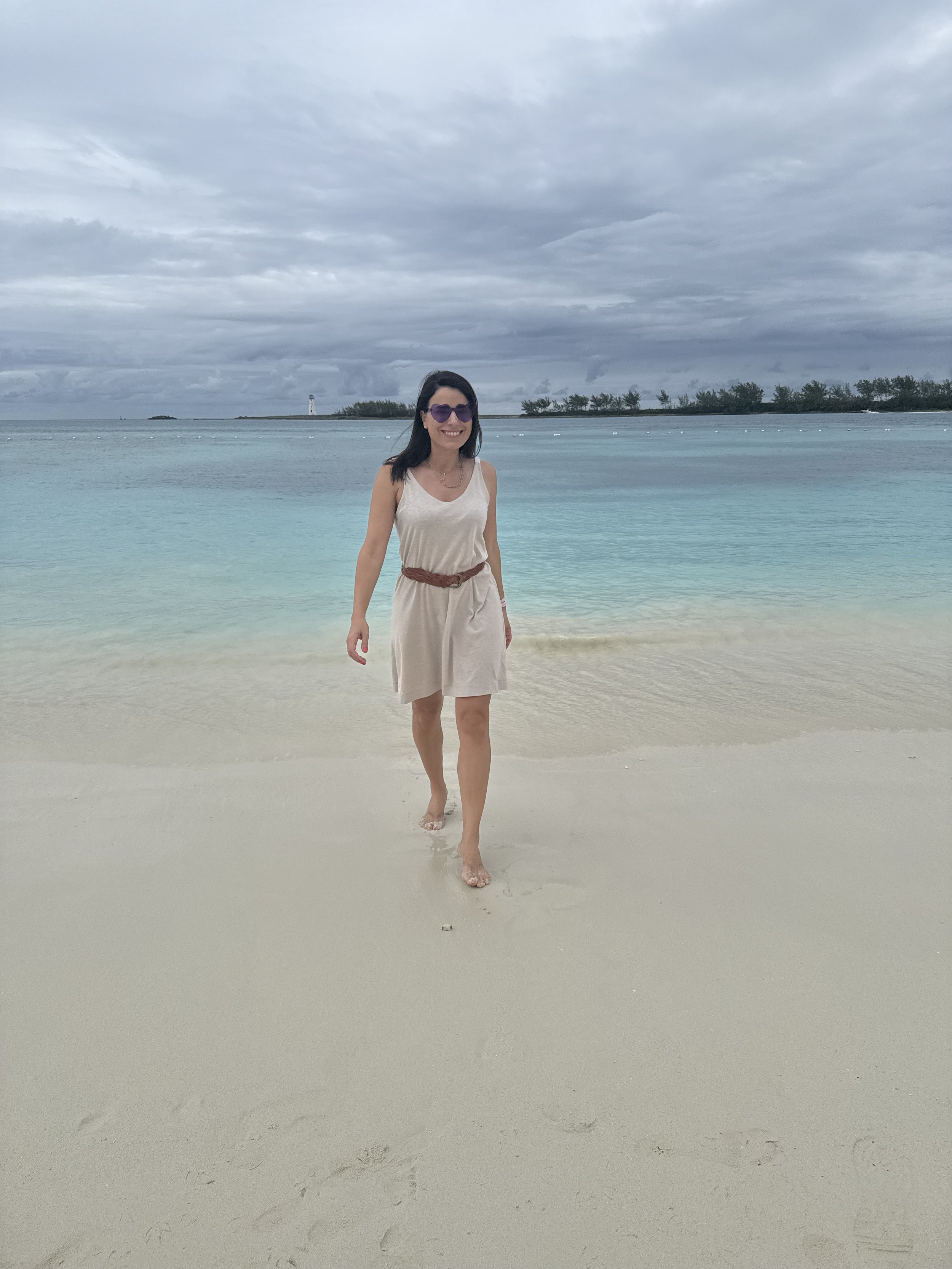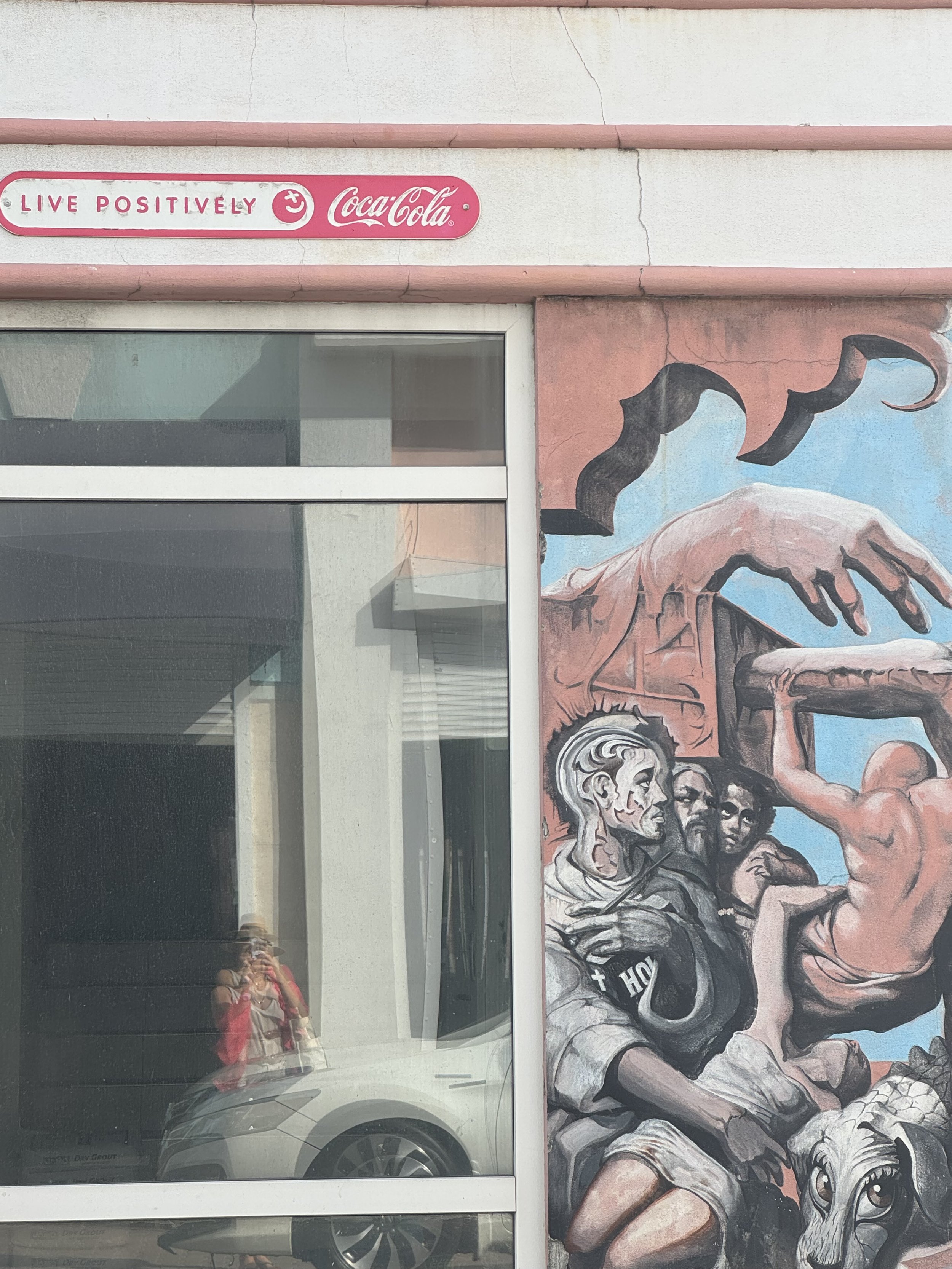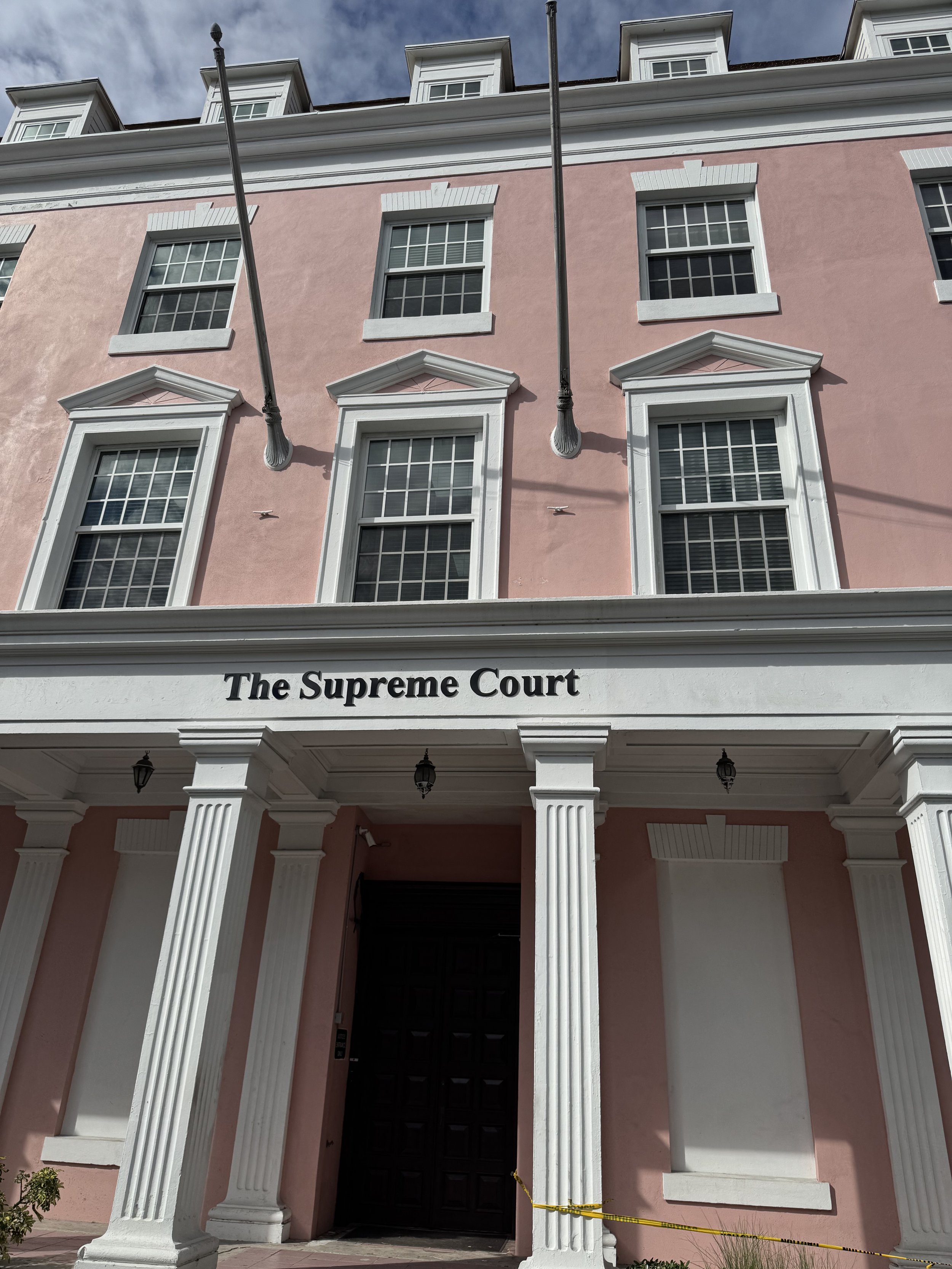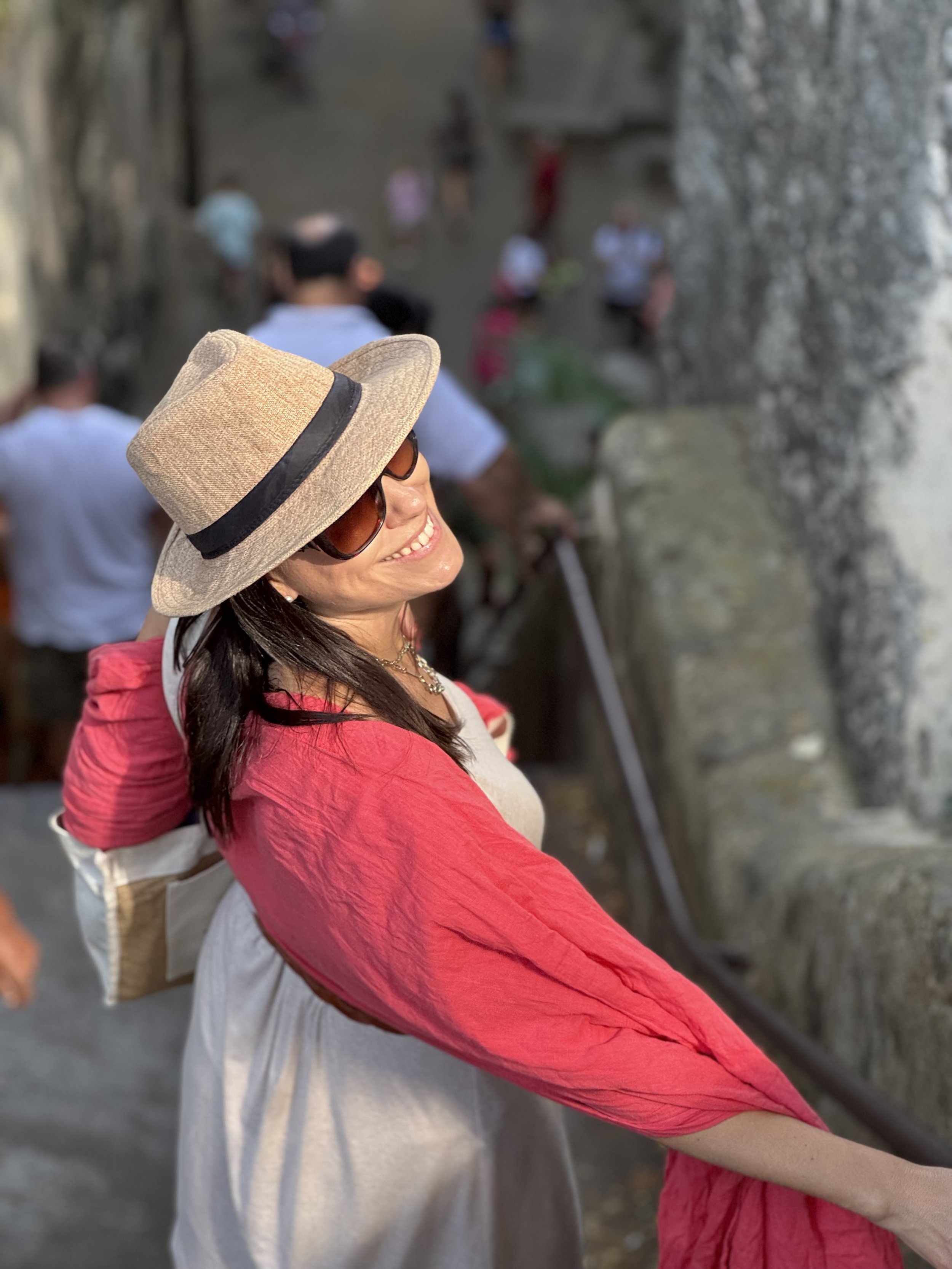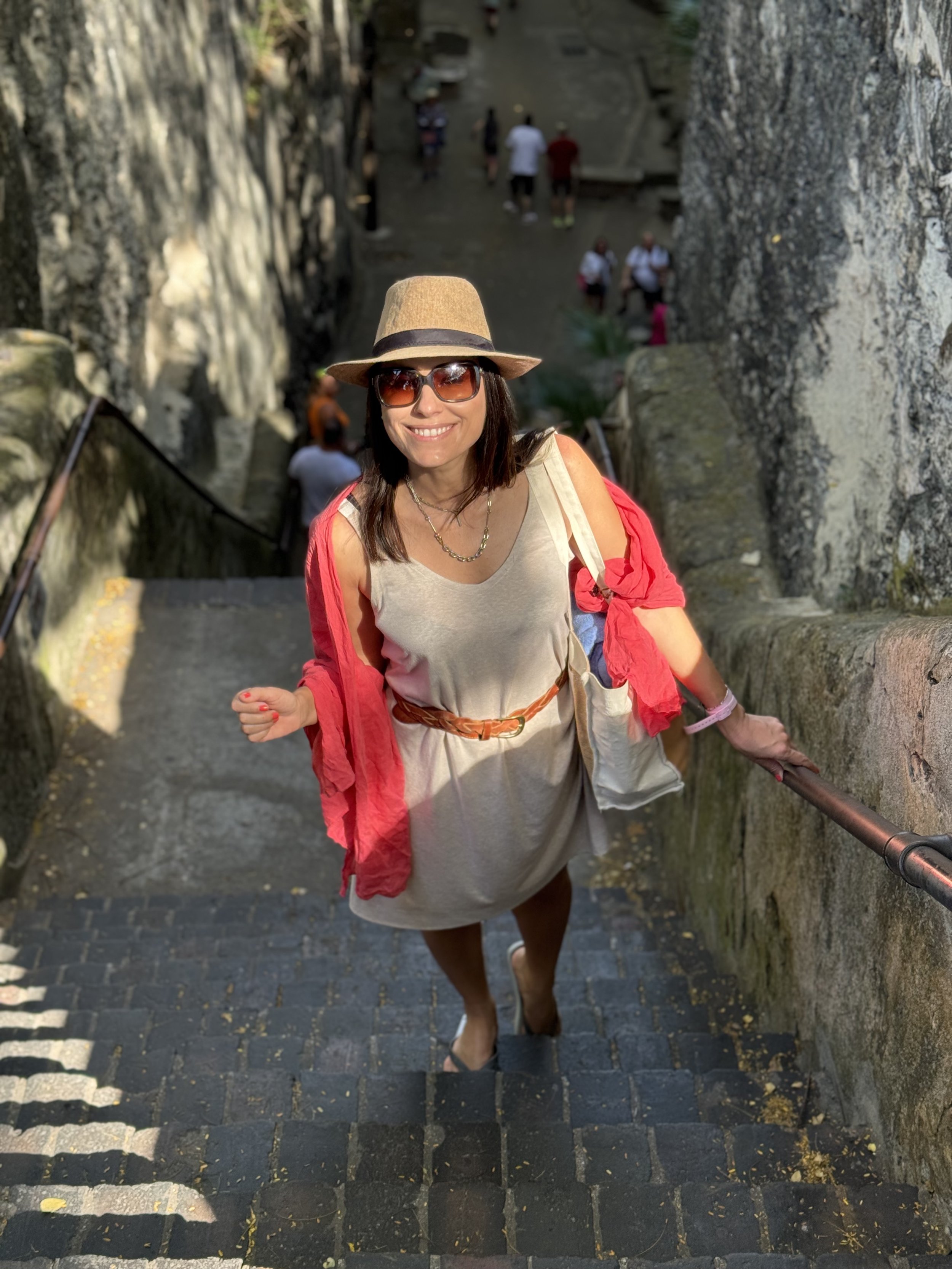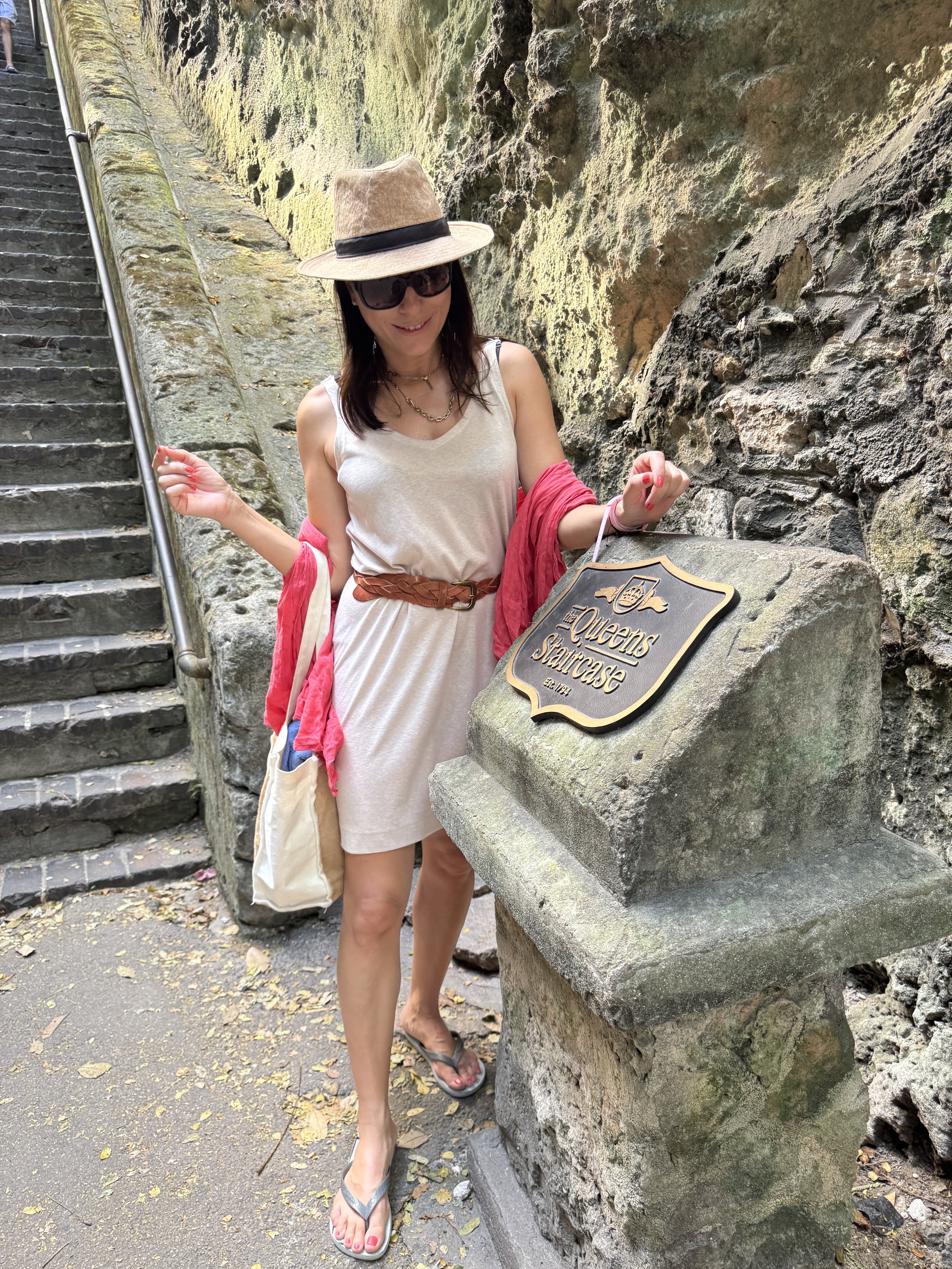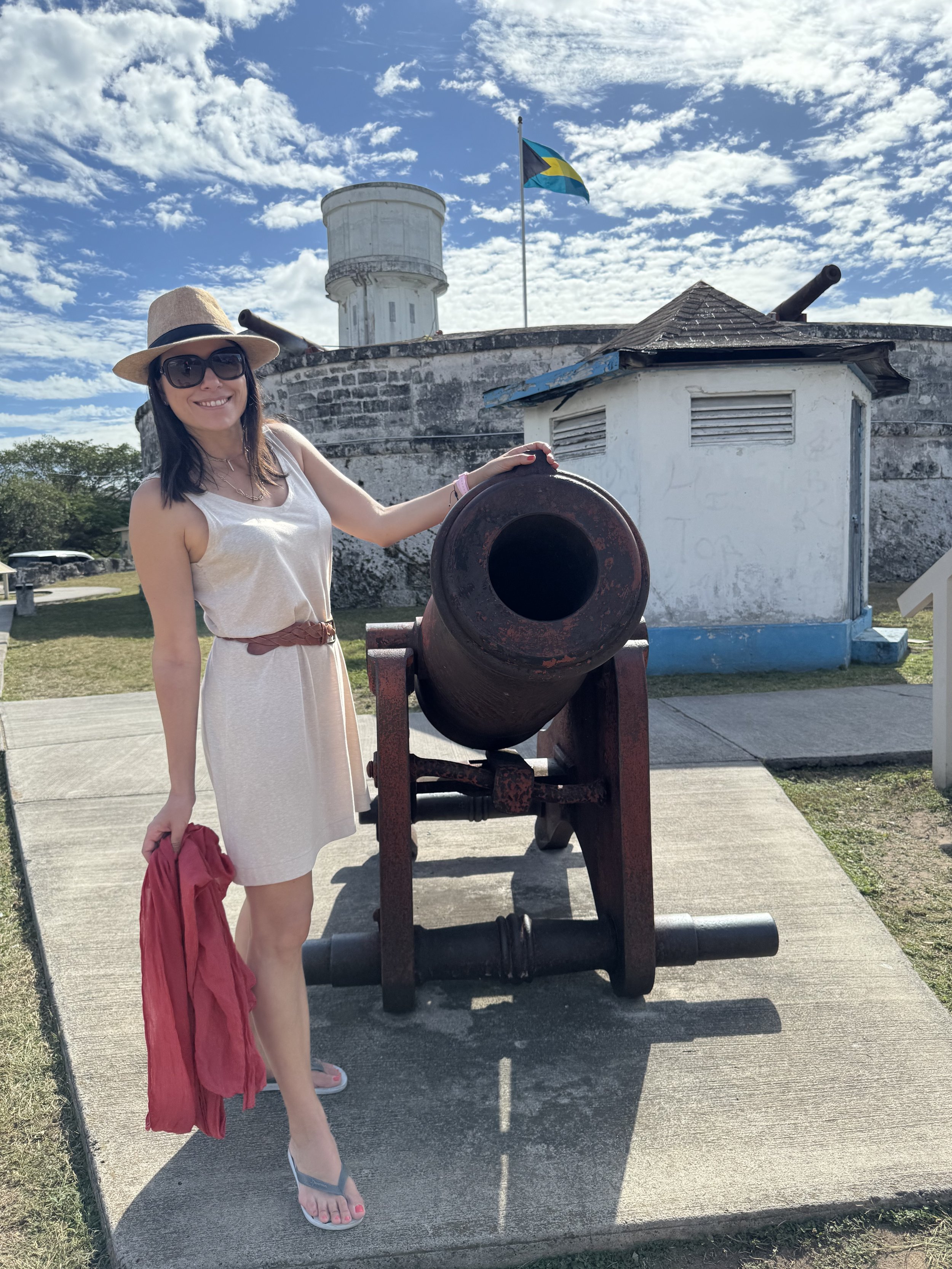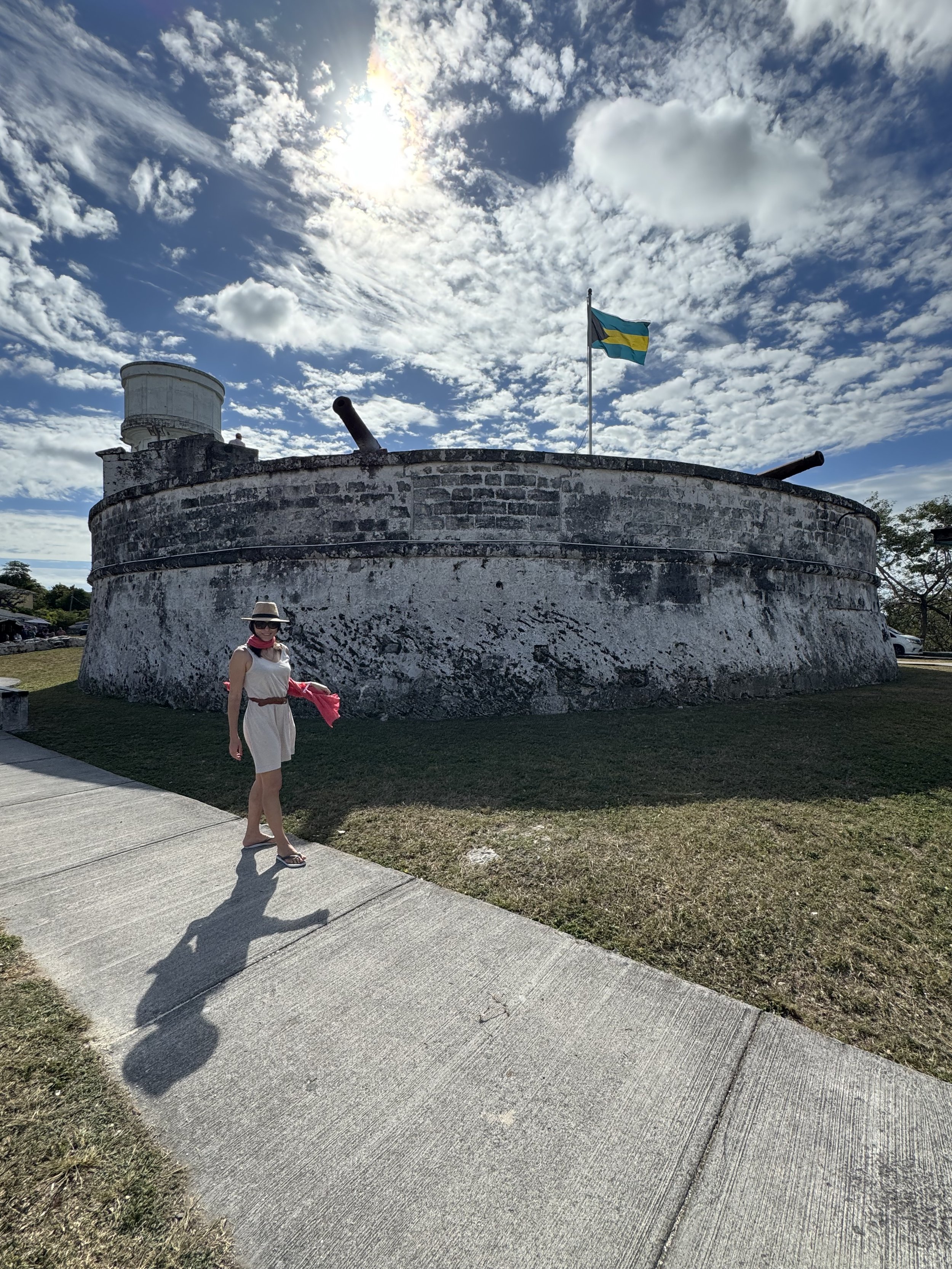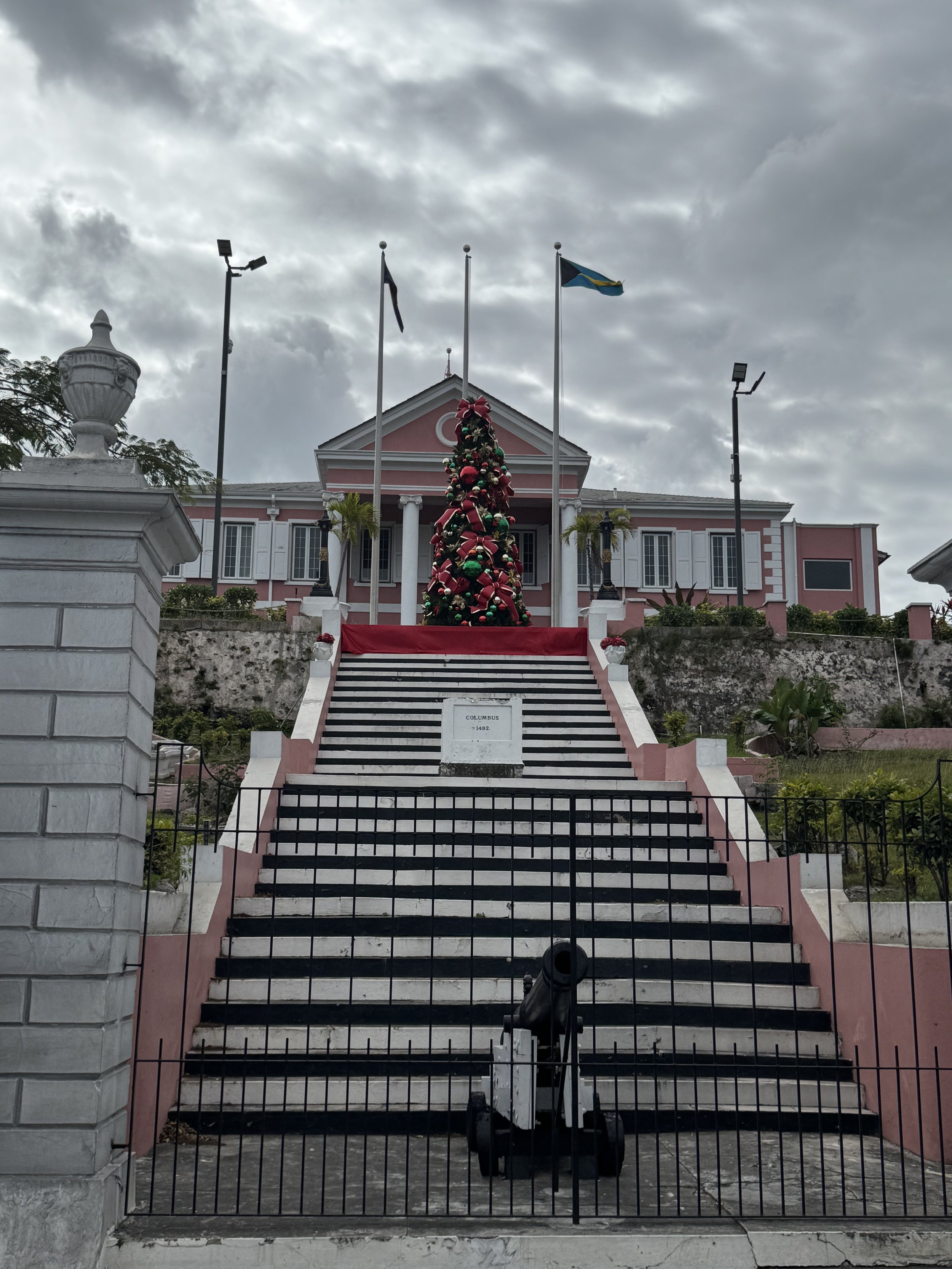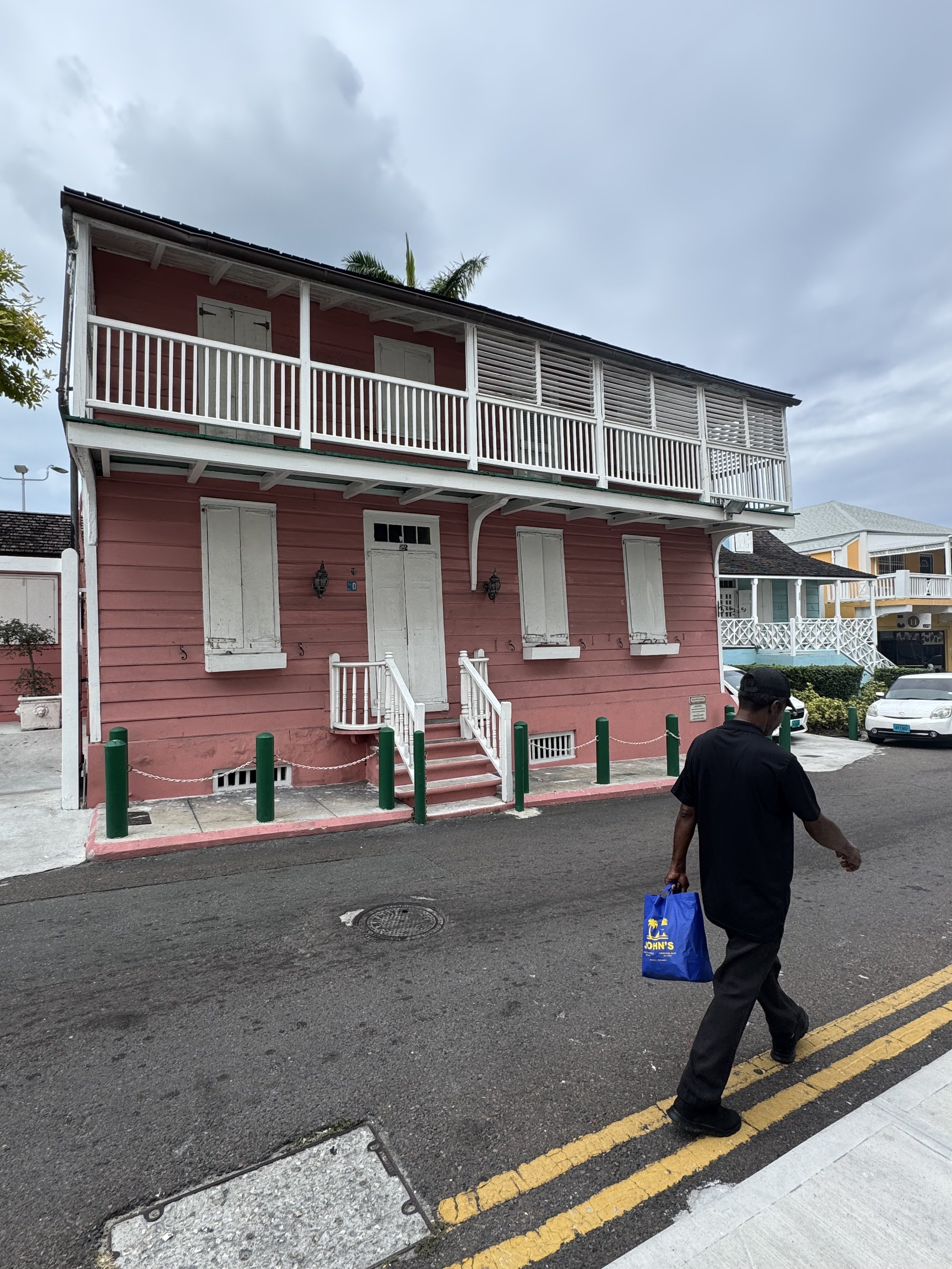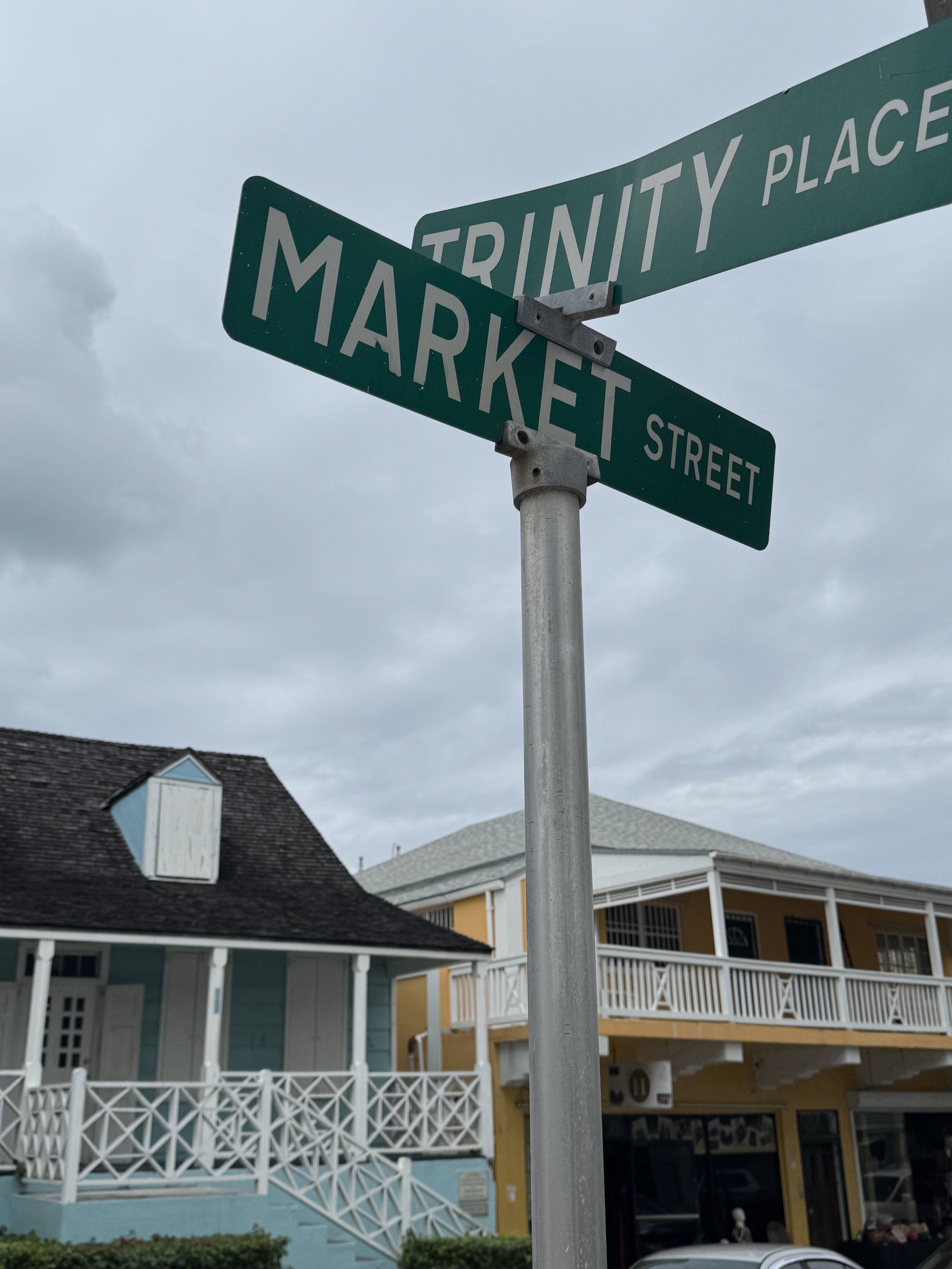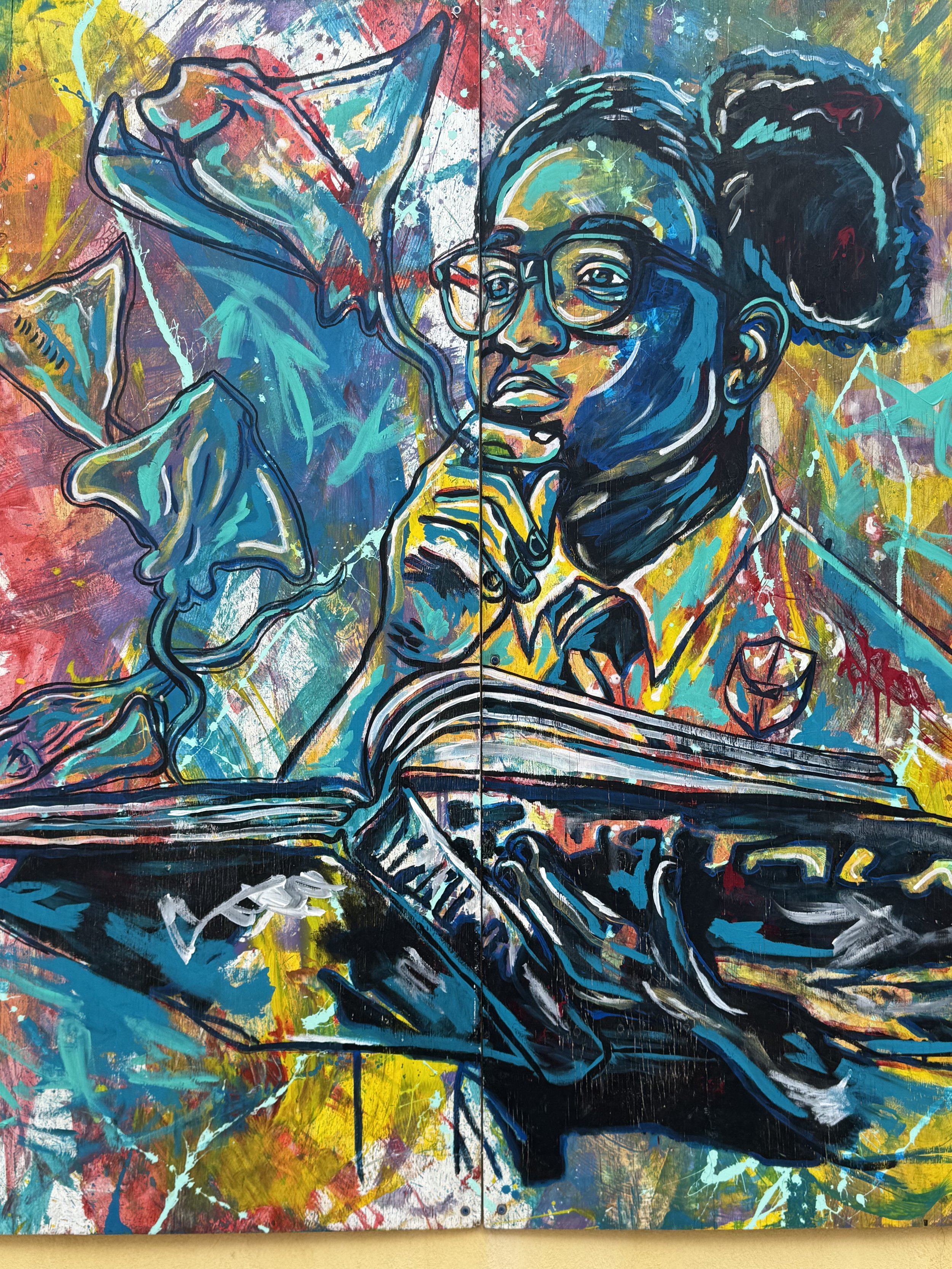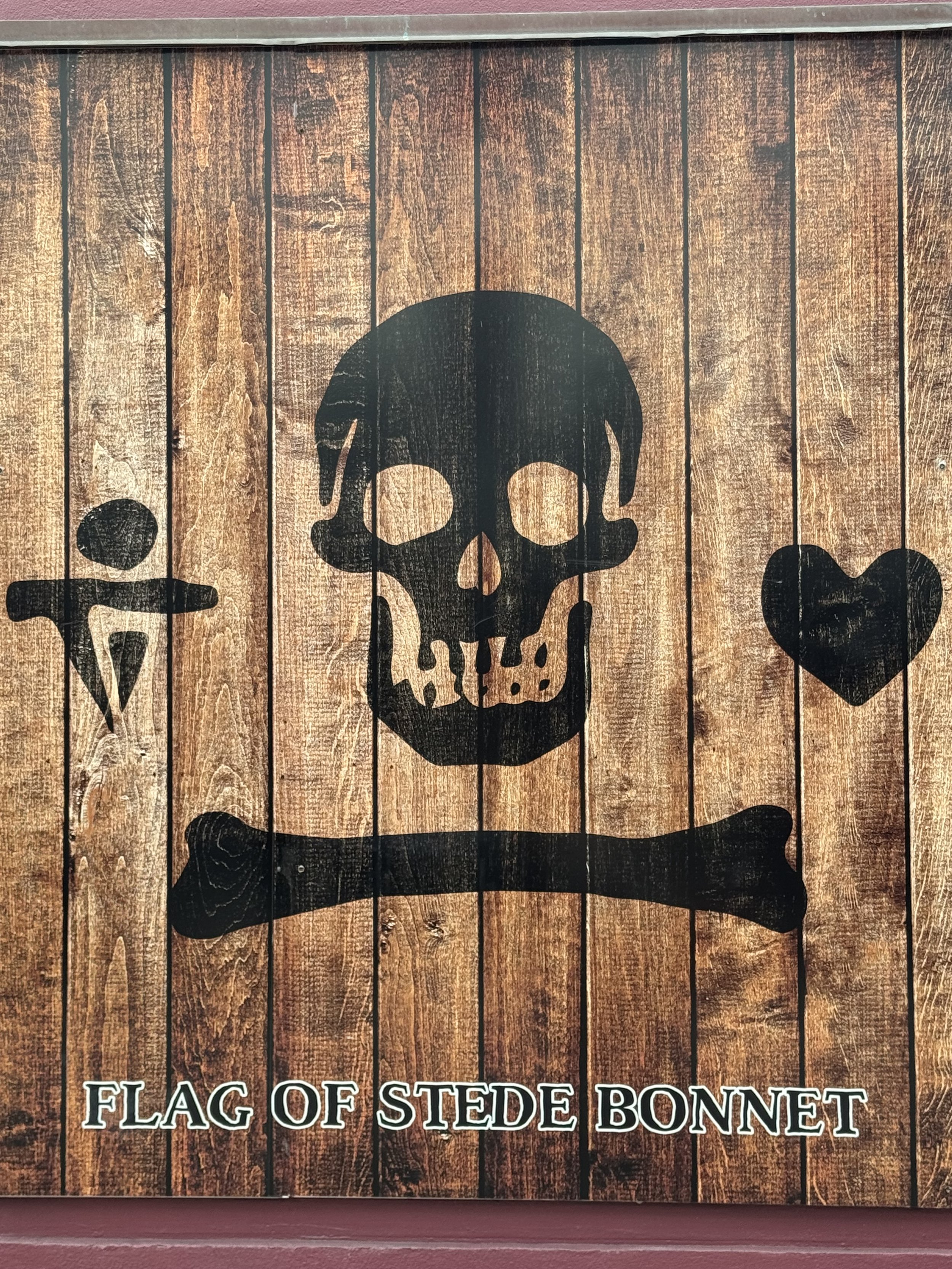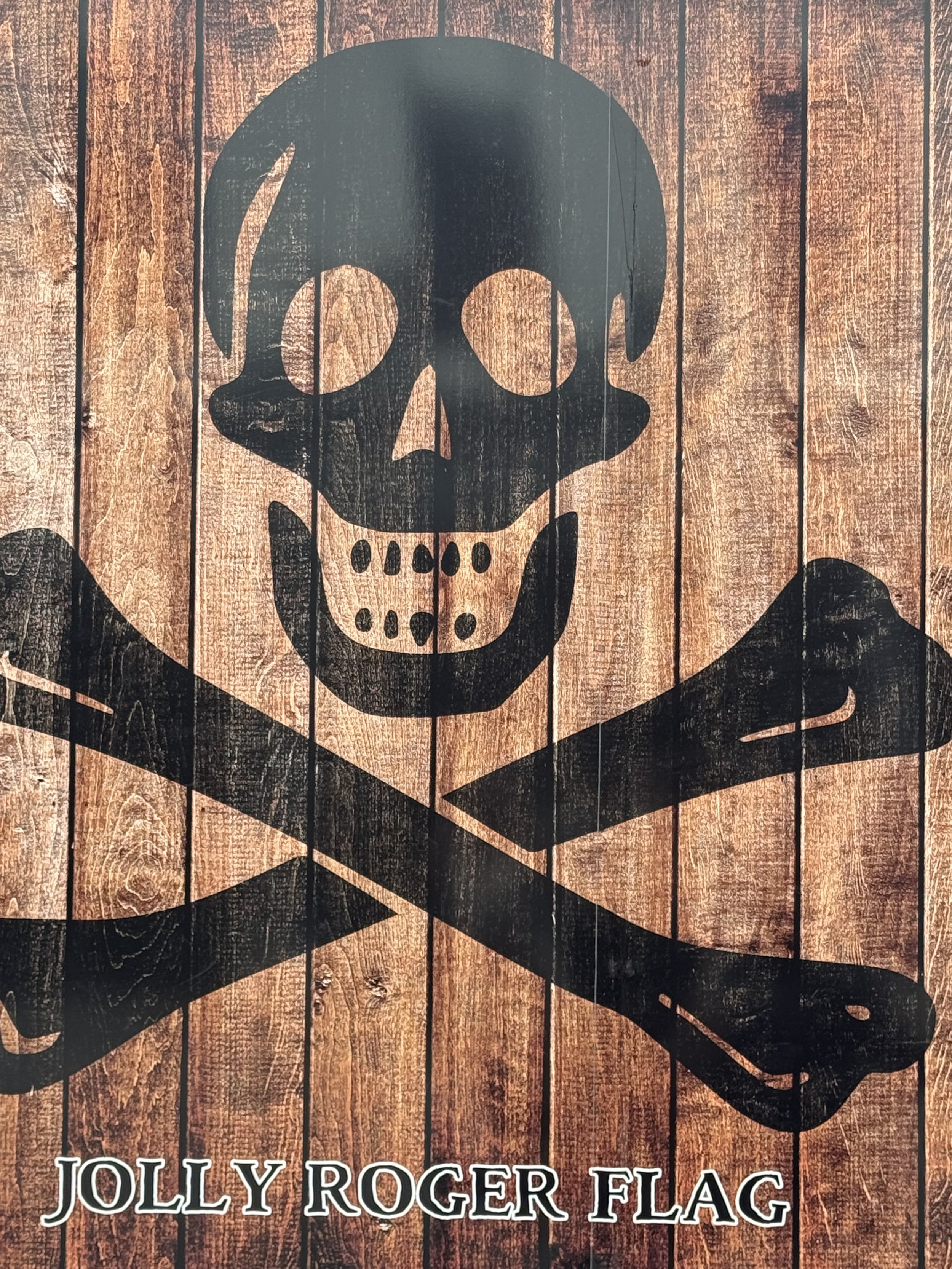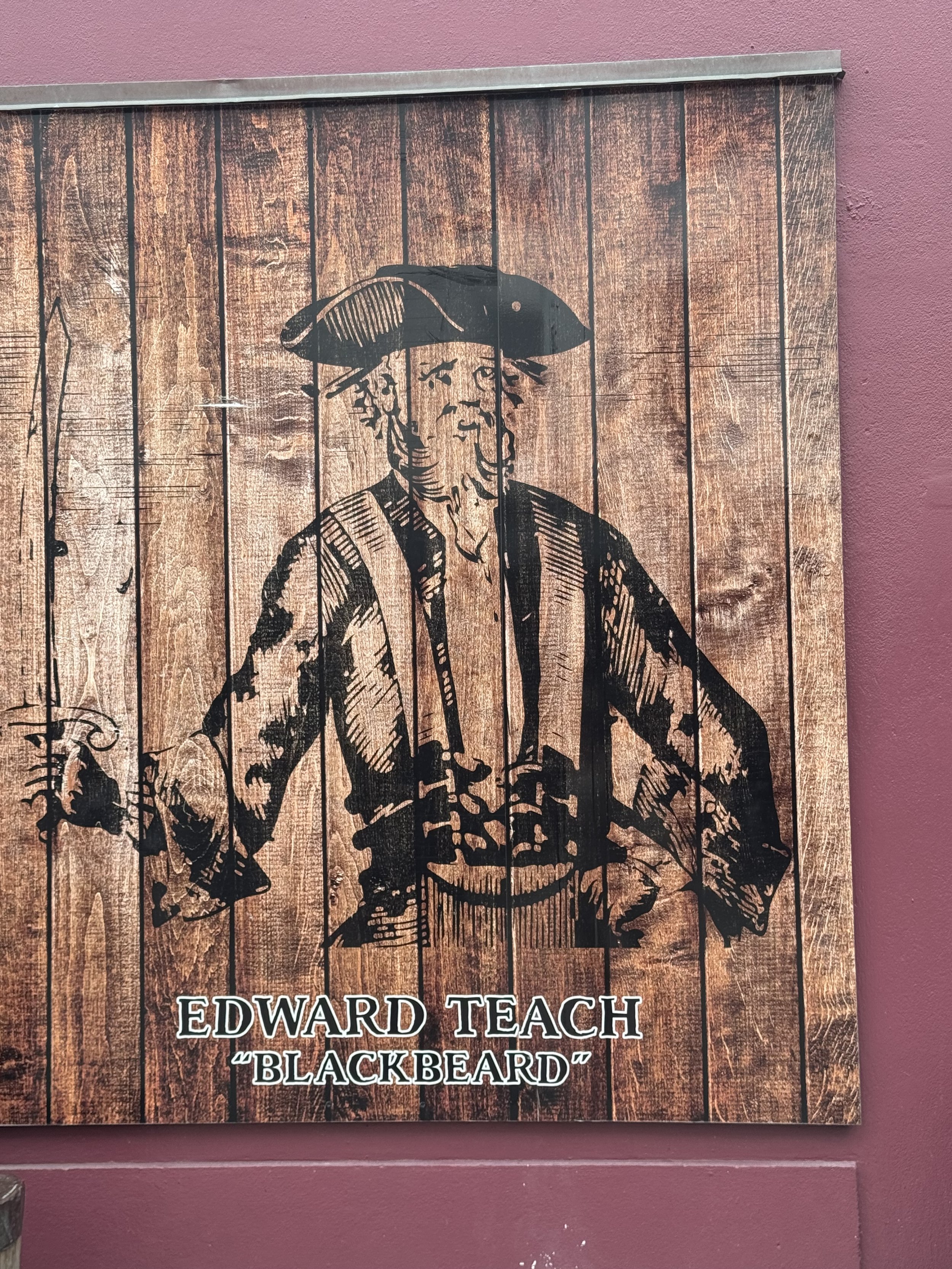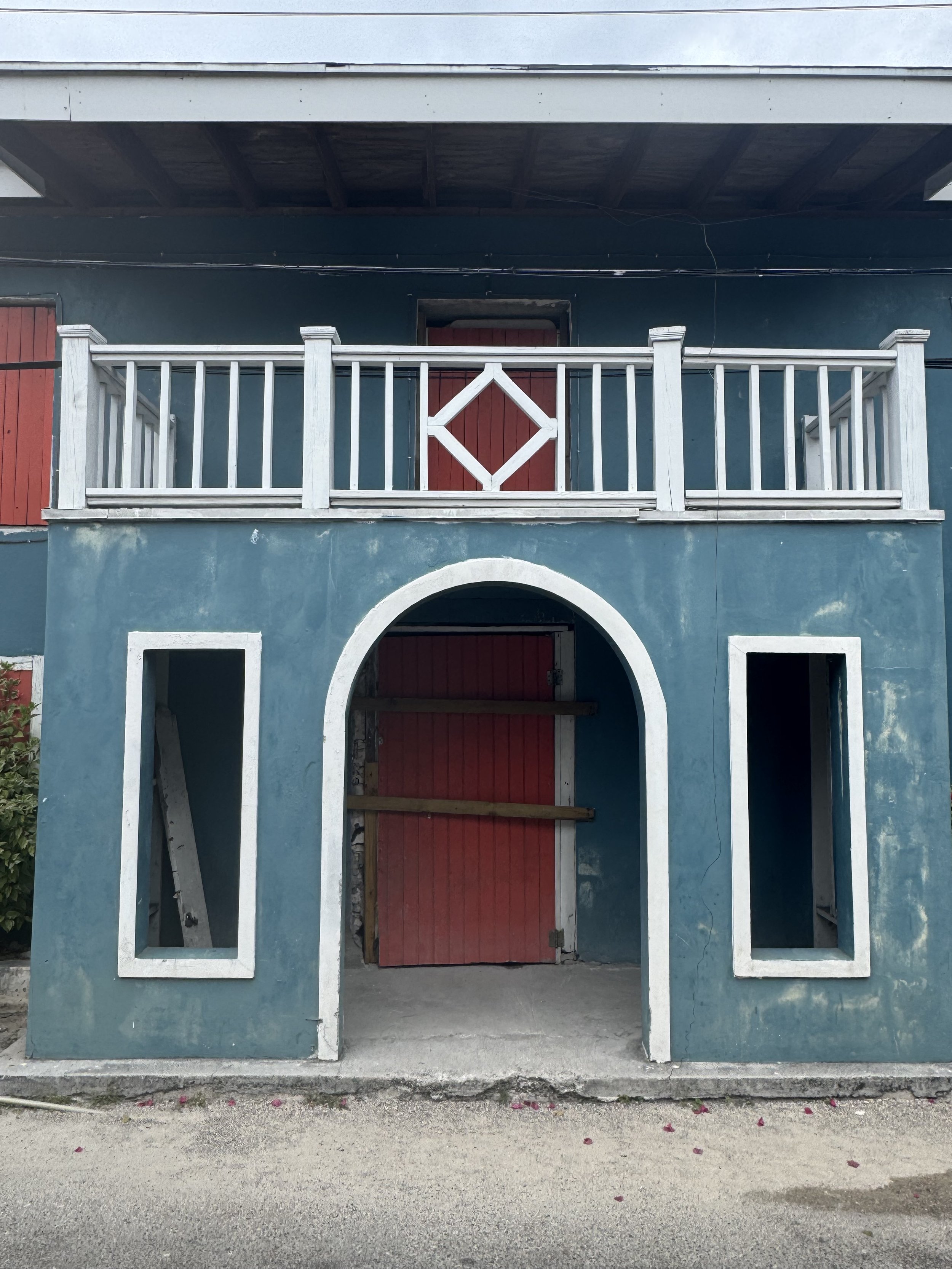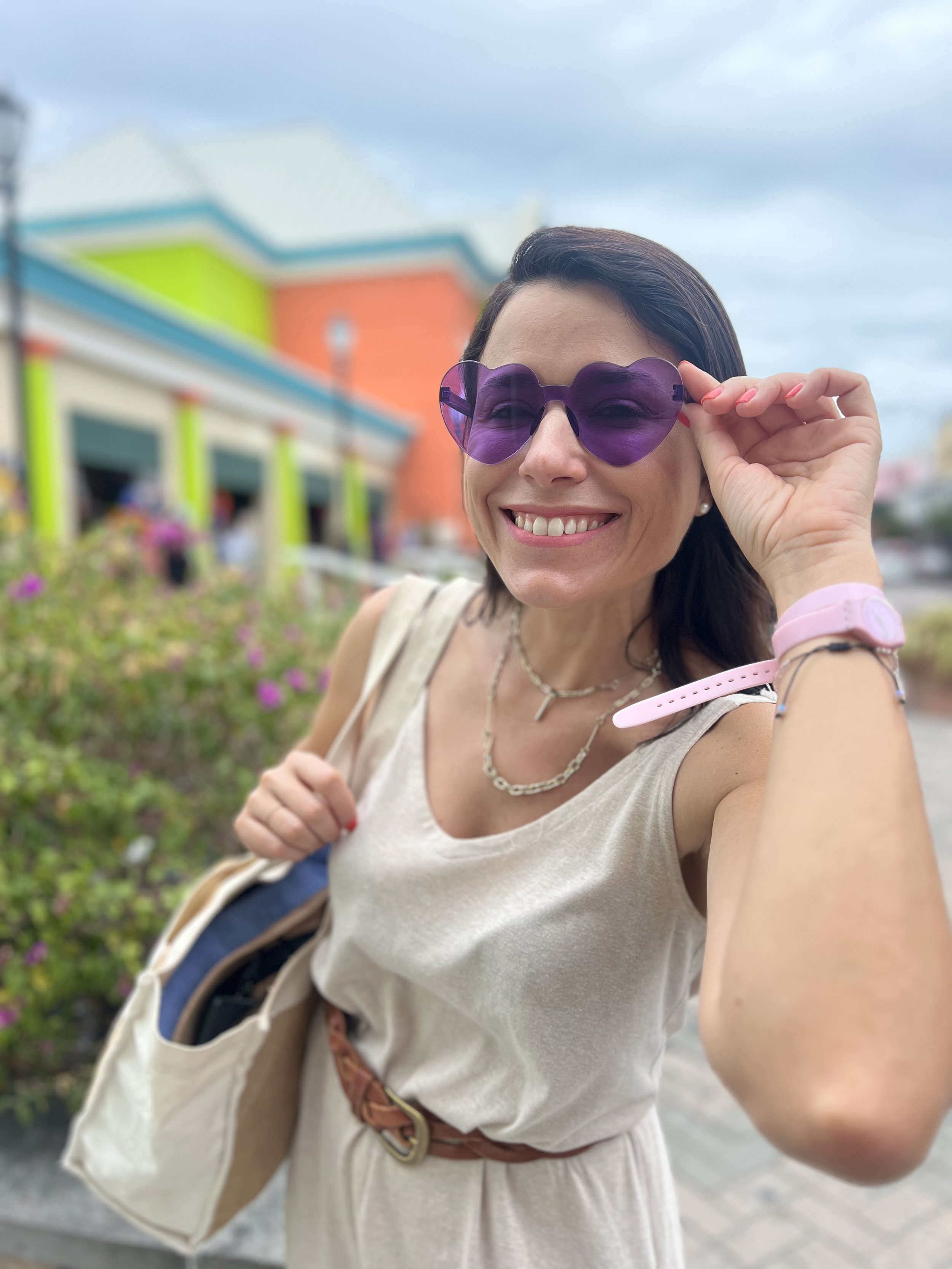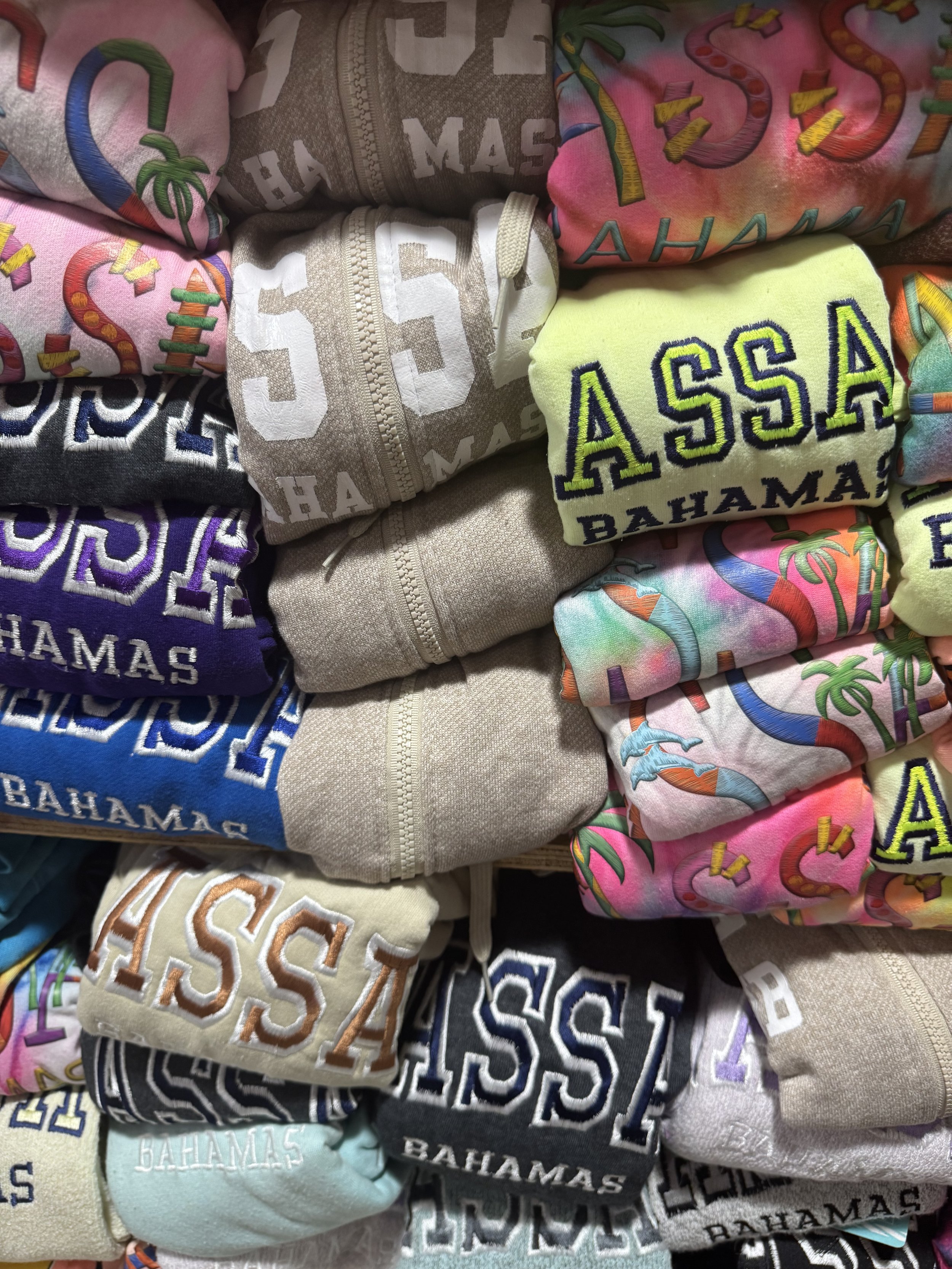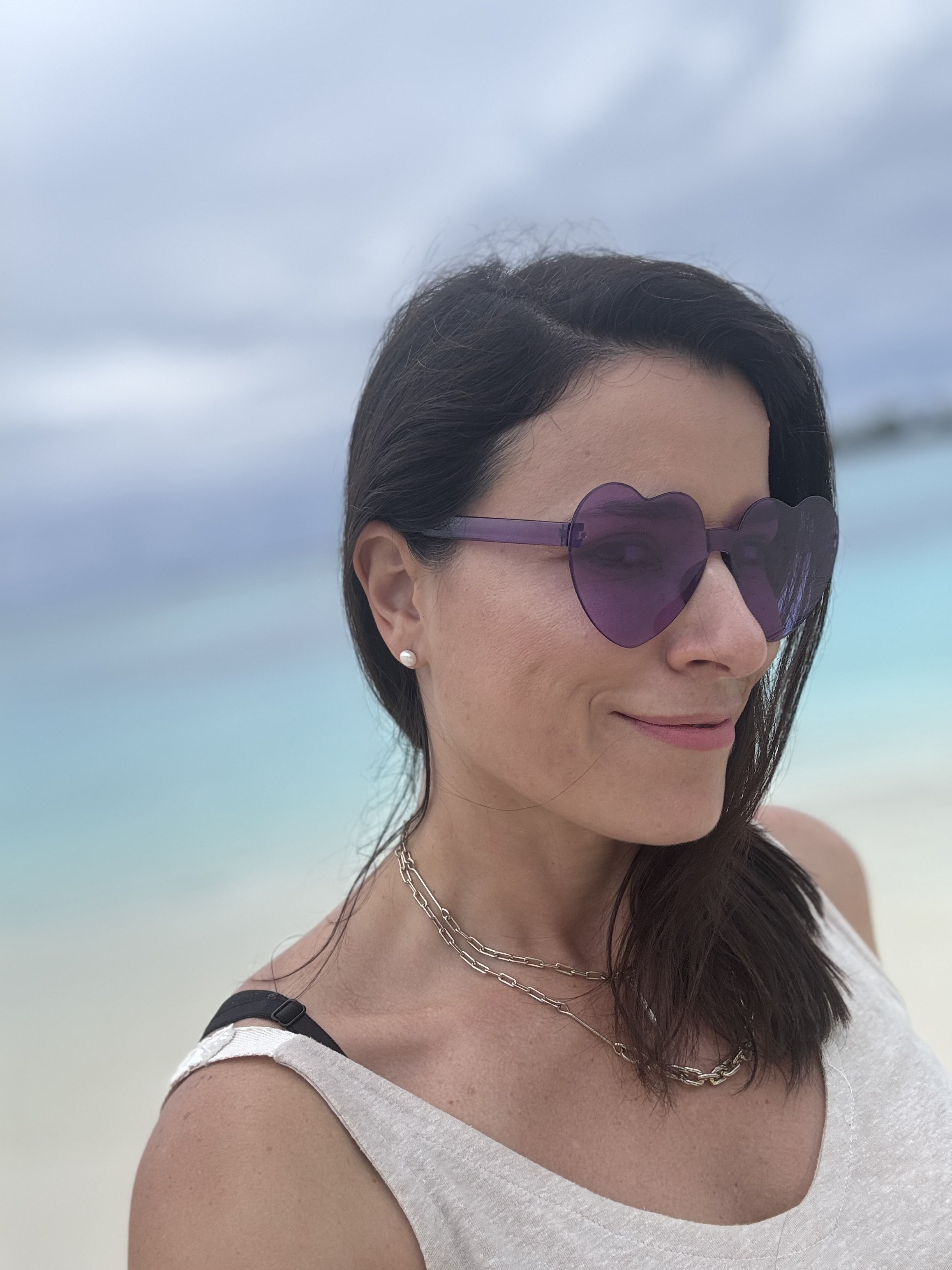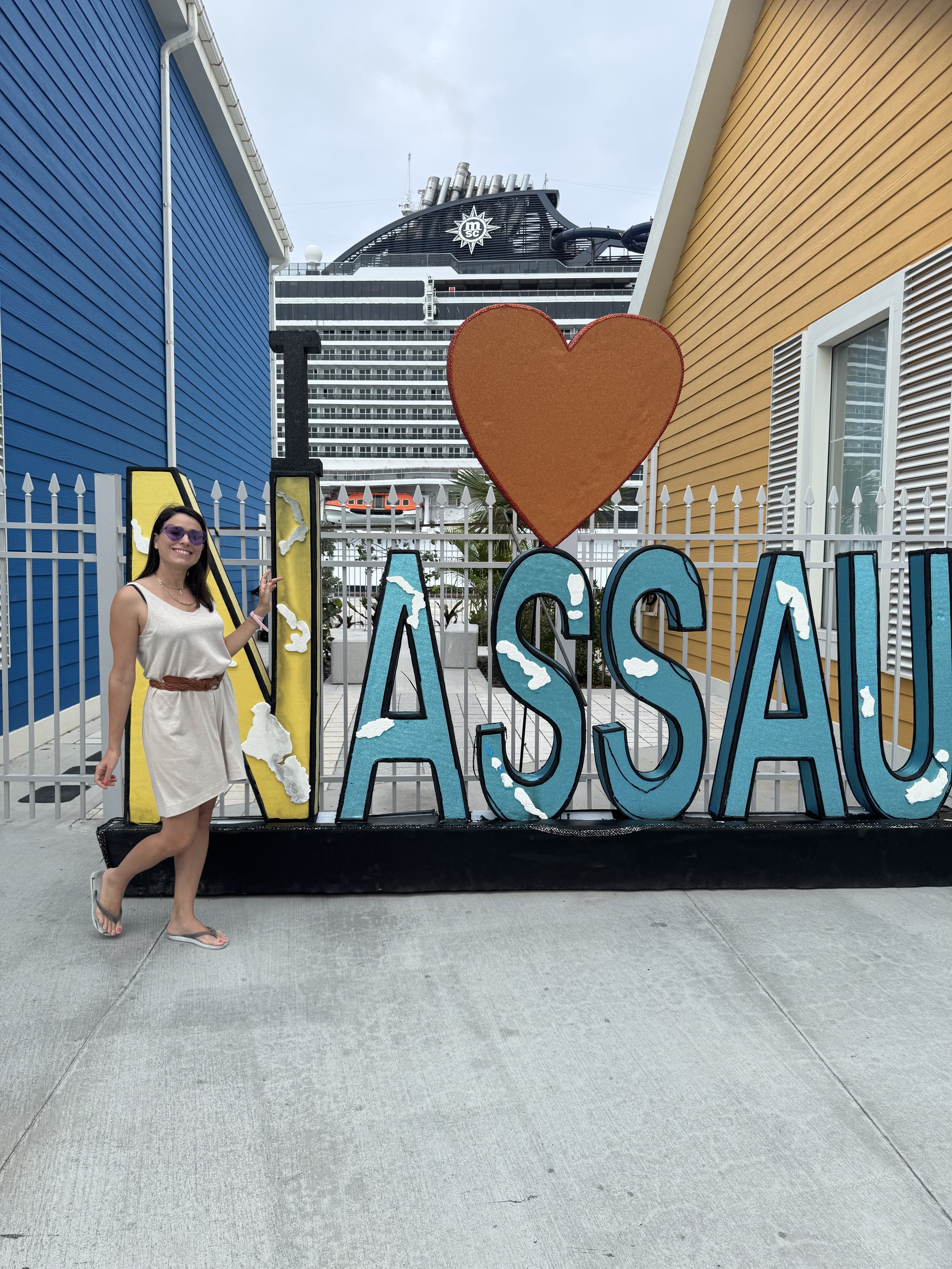Nassau
The pirate capitalWe visited the commercial and cultural center of the Bahamas on a mild January day while sailing the Caribbean on a seven-day cruise. The city, which is located on the island of New Providence, was founded by the British in 1670.
Its first name was Charles Town, in honor of King Charles II of England. The current name originated during the rule of King William III, who belonged to the noble family of Nassau. The city suffered the siege of the pirates to such an extent that they made it their own and dominated it for many years, proclaiming it a virtual pirate republic at the beginning of the XVIII century, when it received adventurers everywhere.
It then served for years as a refuge for bandits. The most famous who ruled it were Thomas Barrow and Benjamin Hornigold, and the famous Edward Teach (known as Blackbeard).
Then the English regained power, when the fortress was rebuilt.
Upon disembarking at the attractive port, with a typical tourist air and full of stores as usual, we set out on a walking tour to see the main attractions of the city.
Obviously, the Caribbean colonial architecture stands out in its colorful streets.
First we visited the Queen's Staircase. It has sixty-six steps and is located in the Fort Fincastle Historical Complex. It was carved in limestone by slaves between 1793 and 1794. Its name honors the famous Queen Victoria. From there, a short walk to the fortress. Fort Fincastle was built on top of Bennet's Hill to protect the harbor.
From there we could see the huge Atlantis hotel and amusement complex.
We continued on to Government House and the Cathedral Church. Just across the street is the Pirates of Nassau, an interactive museum that tells the story of that occupation, with fees like those of the Louvre.
Then it was Graycliff Heritage Village. Right next door, a chocolate and liquor factory tempted us to learn about and taste the local flavors.
A few meters away is the National Gallery of Art.
From there, we went down to Bay Street, the main artery of the city, full of souvenir stores, restaurants and entertainment options, heading to the Straw Market, where typical Bahamian handicrafts are sold.
Finally, we took a swim in the crowded Junkanoo Beach, with beautiful waters but with a rather dirty beach and full of vendors of legal and not so legal items. Back to the port, we strolled among the stores, taking pictures with their instagrammable signage.
For the more active, the tour to the Atlantis Resort on Paradise Island can be tempting to enjoy attractions such as the Aquaventure, a water park with slides. For the curious, it is fashionable to swim with pigs on the beach.
In our case, the best plan was not to have any, just to take a tour of history walking through the colorful streets of beautiful Nassau.

